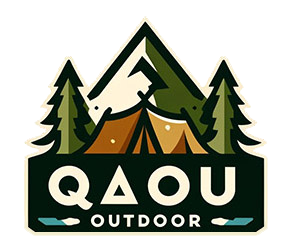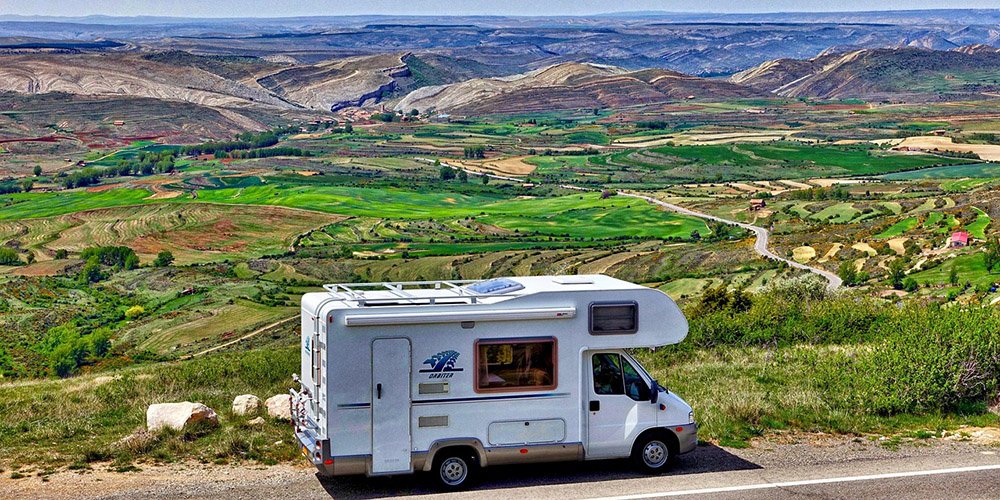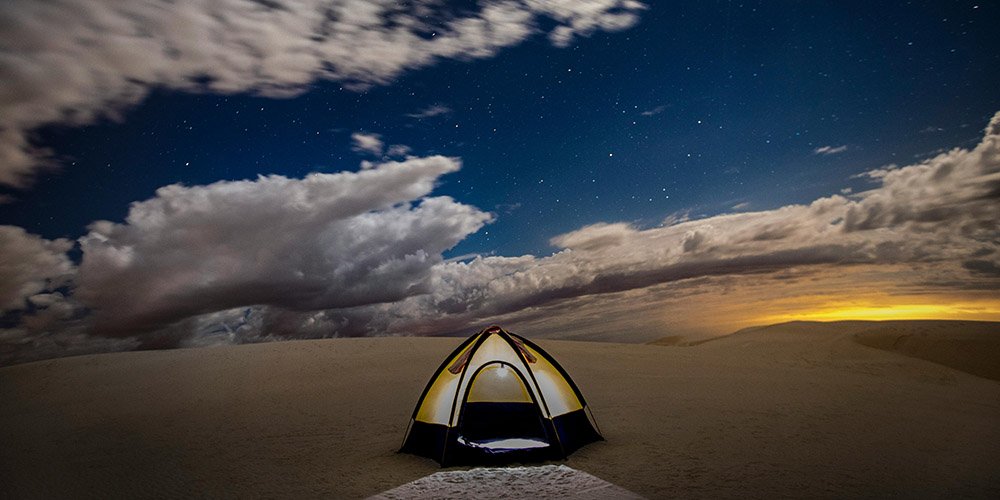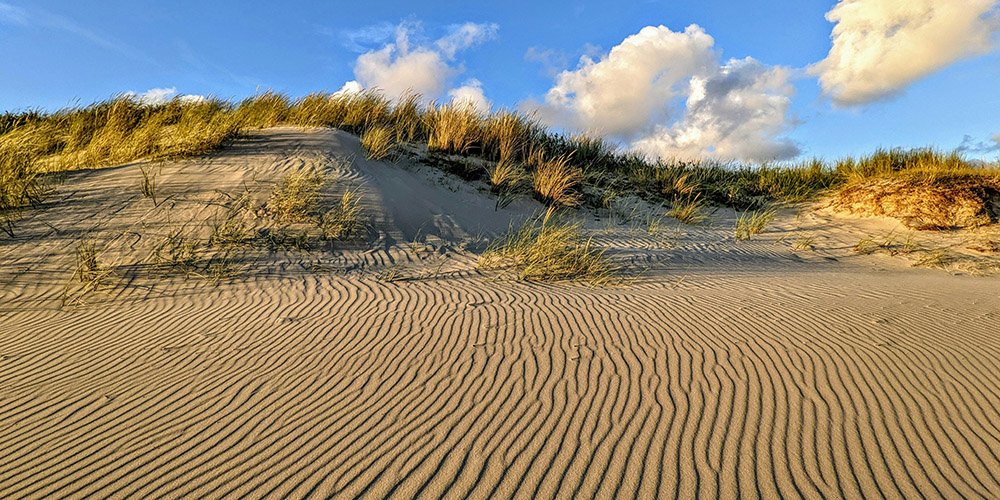Bike Camping: The Ultimate Beginner’s Guide
Bike camping is more than just a way to travel — it’s a mindset, a chance to slow down and connect with the outdoors while enjoying the freedom of two wheels. For beginners, it can feel intimidating to balance cycling with camping logistics, but the experience is surprisingly accessible. This guide walks you through everything you need to get started — from planning your first route to packing your gear and making the most of life on the trail.
What Is Bike Camping?
Bike camping is the combination of cycling and camping, allowing you to carry all your gear on your bike and set up camp wherever your route takes you. It’s a self-supported, minimalist way to explore, often involving paved roads, gravel paths, or multi-use trails.
Unlike traditional bike touring, which often emphasizes covering long distances and visiting multiple destinations, bike camping is more focused on the experience itself — enjoying nature, traveling light, and camping in beautiful spots along the way. It’s closely related to bikepacking, but bike camping typically uses more accessible routes and gear that leans toward comfort rather than ultralight performance.
Why Try Bike Camping?
People are drawn to bike camping for many reasons:
- Adventure and discovery: Every trip is a mini-expedition, even close to home.
- Simplicity: Fewer possessions, slower travel, and fewer distractions.
- Low cost: Once you have basic gear, the ongoing costs are minimal.
- Eco-conscious travel: It’s a sustainable way to explore the world.
- Physical and mental health: Bike camping is a natural way to boost fitness and mood.
For many, the appeal is about reconnecting — with nature, with their own limits, and with the simple joy of movement.

Planning Your First Bike Camping Trip
Your first trip doesn’t need to be epic. In fact, keeping it short and manageable will make for a better experience. Choose a local route with minimal elevation and traffic. Aim for 20 to 40 km per day and pick a destination with basic camping amenities like running water and toilets.
Check the terrain ahead of time using Google Maps (cycling mode), Komoot, or Ride with GPS. Download offline maps and prepare a backup plan in case you need to stop early or reroute.
Essential Gear for Bike Camping
You don’t need fancy ultralight gear to get started, but choosing appropriate equipment will make the experience safer and more enjoyable.
Your Bike
Almost any bike can be adapted for bike camping, though a touring bike, gravel bike, or mountain bike with rack mounts will offer more comfort and stability.
- Fit your bike with a rear rack or bikepacking bags
- Use fenders to keep you dry in wet conditions
- Equip lights and reflective details for visibility
Camping Equipment
Your shelter and sleep system should be light but comfortable:
- A compact two-person tent or bivy shelter
- A sleeping bag rated for expected nighttime temperatures
- A foam or inflatable sleeping pad
Cooking and eating are simple on the road:
- A lightweight stove and fuel canister
- One small pot, utensils, and a lighter or firestarter
- Food that is easy to prepare, like pasta, oats, nuts, or freeze-dried meals
Packing and Bags
How you pack affects both balance and efficiency. Use a combination of panniers and bikepacking bags if possible. Heavy items should be packed low and centered to maintain stability. Dry bags or waterproof stuff sacks help protect your gear from rain and road spray.

Safety and Maintenance
Know how to handle minor bike issues before you leave. Practice fixing a flat tire and adjusting your brakes at home. Bring a multi-tool, tire levers, spare tube, and mini pump. Don’t forget:
- Helmet and gloves
- Bike lights and rear reflector
- First aid kit
- Emergency contact info and paper map as a backup
Make sure someone knows your route and expected return time.
Tips for a Smooth Experience
- Test your load: Do a short day ride with all your gear to troubleshoot.
- Dress in layers: Plan for both chilly mornings and sunny afternoons.
- Hydrate frequently and bring a filter or water purification tablets.
- Secure your food at night if you’re camping in areas with wildlife.
- Respect nature: Follow Leave No Trace principles and camp only where permitted.
Communities and Further Resources
Bike camping has an active online and offline community. To learn more or find local routes and tips, check out:
- Online forums: Reddit’s r/bikepacking and r/BikepackingGear
- Websites: bikepacking.com, crazyguyonabike.com
- Books: “Bikepacking” by Logan Watts, “The Essential Touring Cyclist” by Richard Peace
Joining a local cycling club or online group is a great way to learn faster, find new trails, and share the experience.
Conclusion
Bike camping is one of the most liberating ways to travel — it’s quiet, self-sufficient, and endlessly adaptable. Whether you’re exploring forests near your home or planning a long-distance route, the key is to start small, stay flexible, and enjoy the rhythm of the ride. With a bit of planning and a willingness to embrace the unknown, your first bike camping trip might just be the beginning of a lifelong passion.








